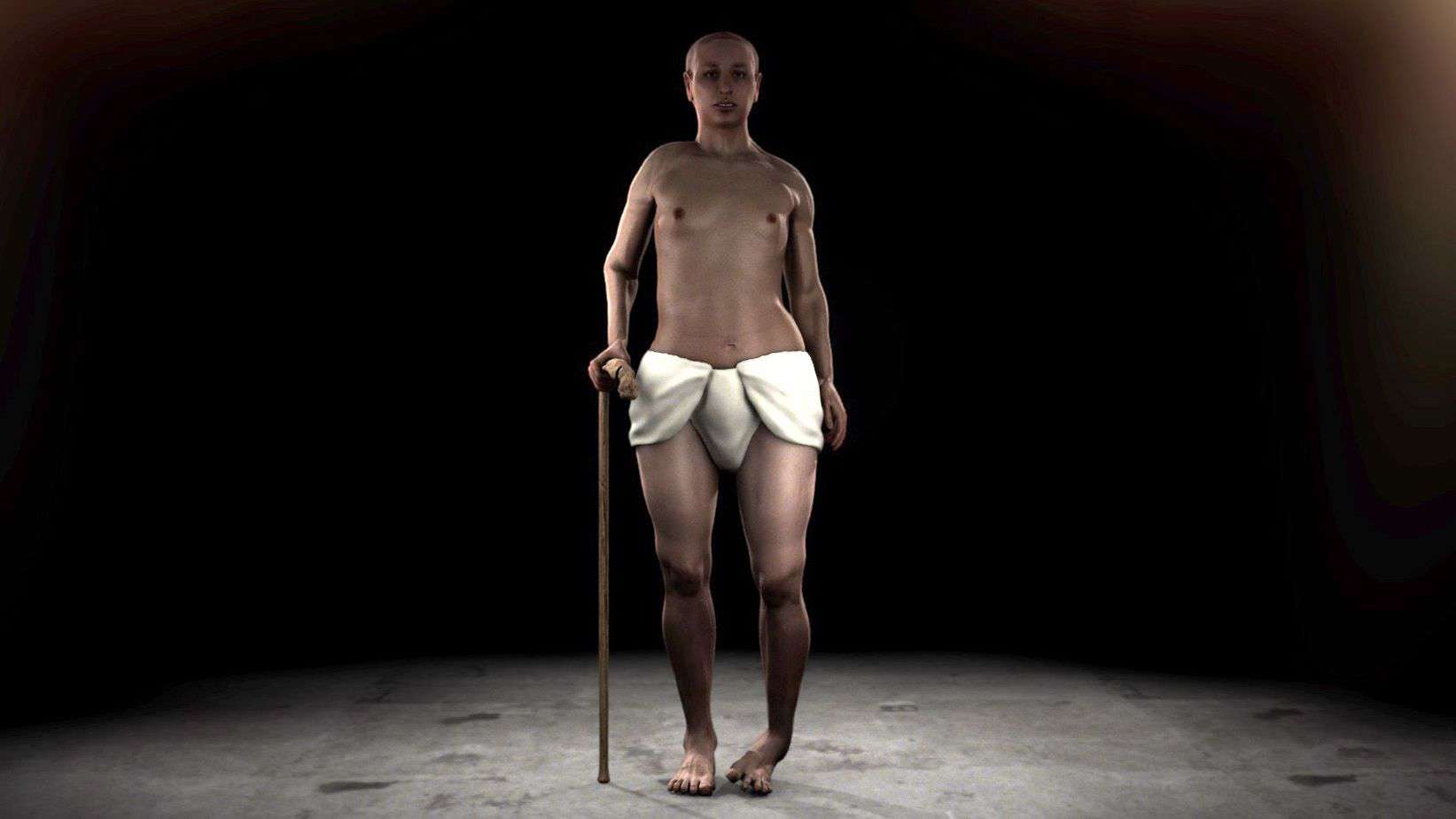
ADVERTISEMENT - CONTINUE READING BELOW
19. An Insignificant Pharaoh, Despite the Archaeological Riches in His Tomb
The new ruler had been named Tutankhaten at birth, which means “Living Image of Aten” – after the Sun god whom his father Akhenaten had ordered worshipped instead of Amun. When he ascended the throne as a child, he changed his name – or had it changed for him by his advisers – to Tutankhamun, which means “Living Image of Amun”. It heralded a rejection of his father’s religious revolution, and a counter-revolution that restored Egypt’s old gods and traditional ways of worship. The new authority figures’ first step was to abandon Akhenaten’s religious center at Amarna. Eventually, they destroyed it.
For all his fabled wealth, as implied by the archaeological treasures found in his tomb, Tutankhamun was a fairly insignificant pharaoh. Not only had he been a child-king for most of his reign, with real power wielded by his advisors, he was also physically disabled and sickly. A product of generations of incest, Tutankhamun’s corpse exhibited many congenital defects caused by inbreeding. Among his ailments, he had a clubbed foot and needed a cane to walk. He also had a cleft palate, and scoliosis – a deformation of the spine that caused it to deviate from its normal position. On top of that, he suffered frequent bouts of malaria, which ultimately killed him.

